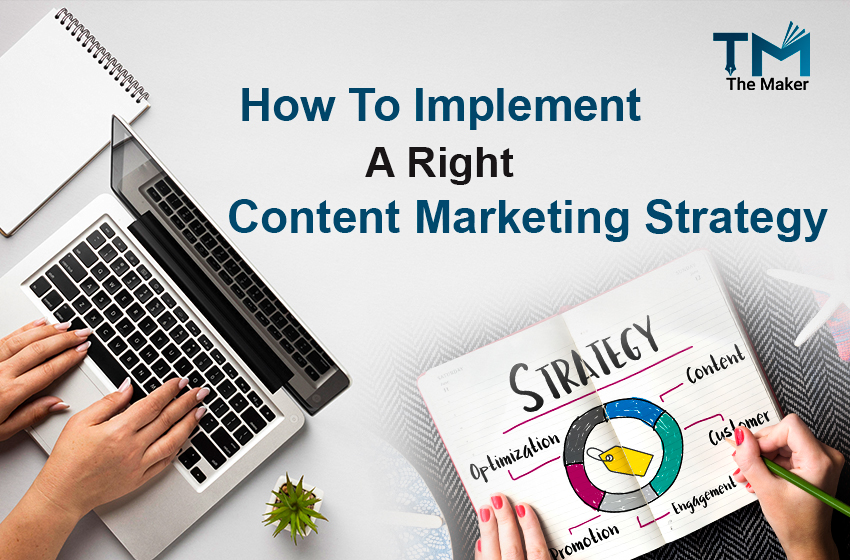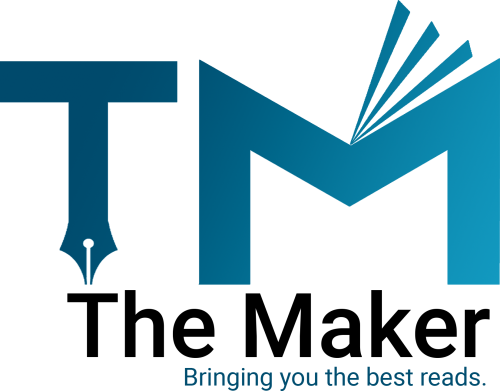How to implement the right content marketing strategy for your business

It has been found that many businesses still lack documented strategies. Annual research says a documented content marketing strategy is very much important because
- it helps you to feel less challenged in every aspect of content marketing,
- it helps to use content marketing tactics and social media channels effectively,
- helps to build an organized system with specific goals, success metrics, and continuous improvement, and
- helps to find out the spending on content marketing.
A content marketing strategy is very necessary for any business, as a well-defined strategy can meet the customers’ needs and inspire them to take action.
There is no definite process for creating a content marketing strategy. It will be unique according to the business. The most commonly used components are:
- Audience personas
Under this, the first step is to identify the audience with your content. There are many different ways to target your audience: their needs, research the recent trends, and identify whom you do not want to target. Once you figure out the criteria, you can easily reach your goals.
- Brand story
In this, you clearly disseminate the ideas and messages about your brand or products to your audience.
A brand story is a brief highlighted detail about your company’s history, mission, purpose, and values that help to choose the right direction.
- Business case
Providing value and communicating the vision of creating content for your audience are parts of a successful content marketing strategy. It helps attract new customers and followers, ultimately moving your business forward.
- Business plan
A proper business plan includes your target for the content program, the unique value you are providing to your audience through your content, and details of your business models. Moreover, you must include in your strategy why your readers should follow your content channels and who can take benefit from that provided information.
- Channel plan
This is the final plan where you release your story on the platforms. It includes what your criteria, processes, and objectives are; and how this will help to connect with the audience to create a brand conversation.


